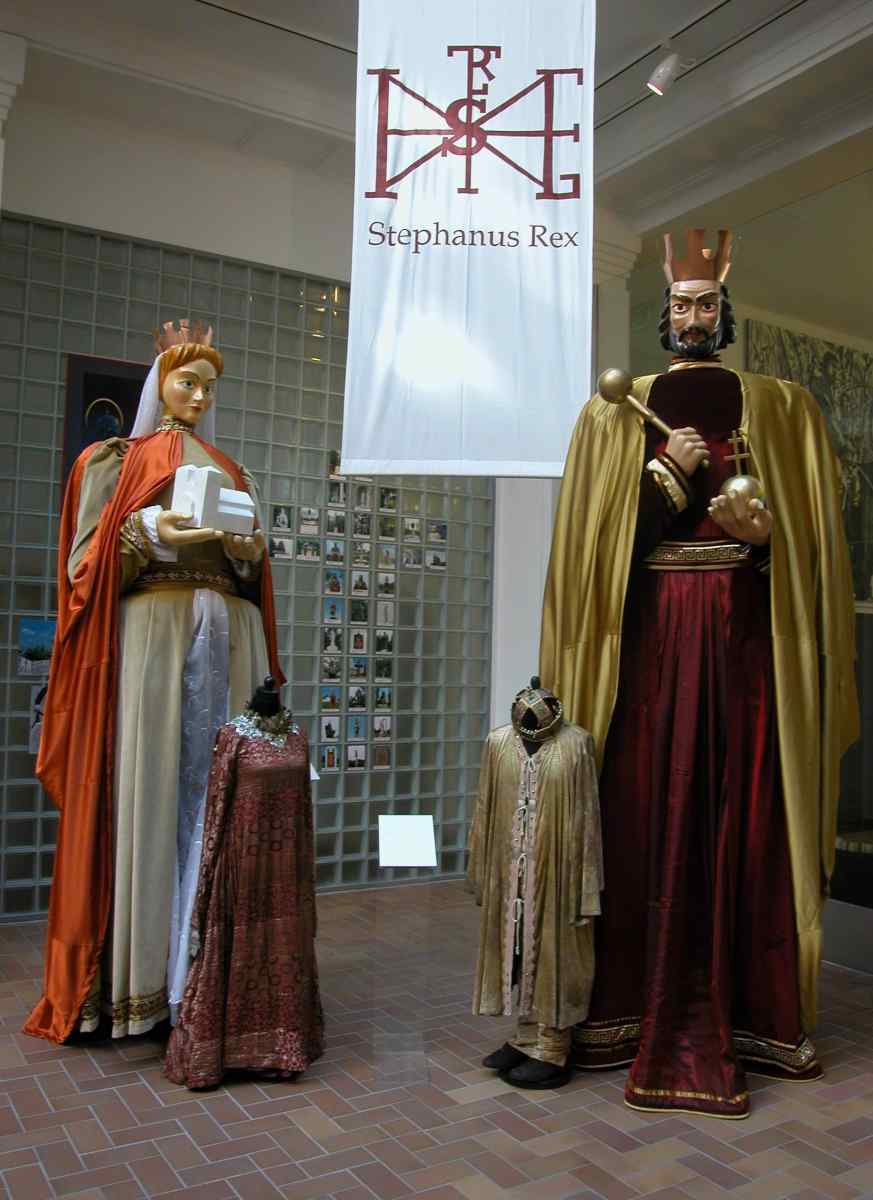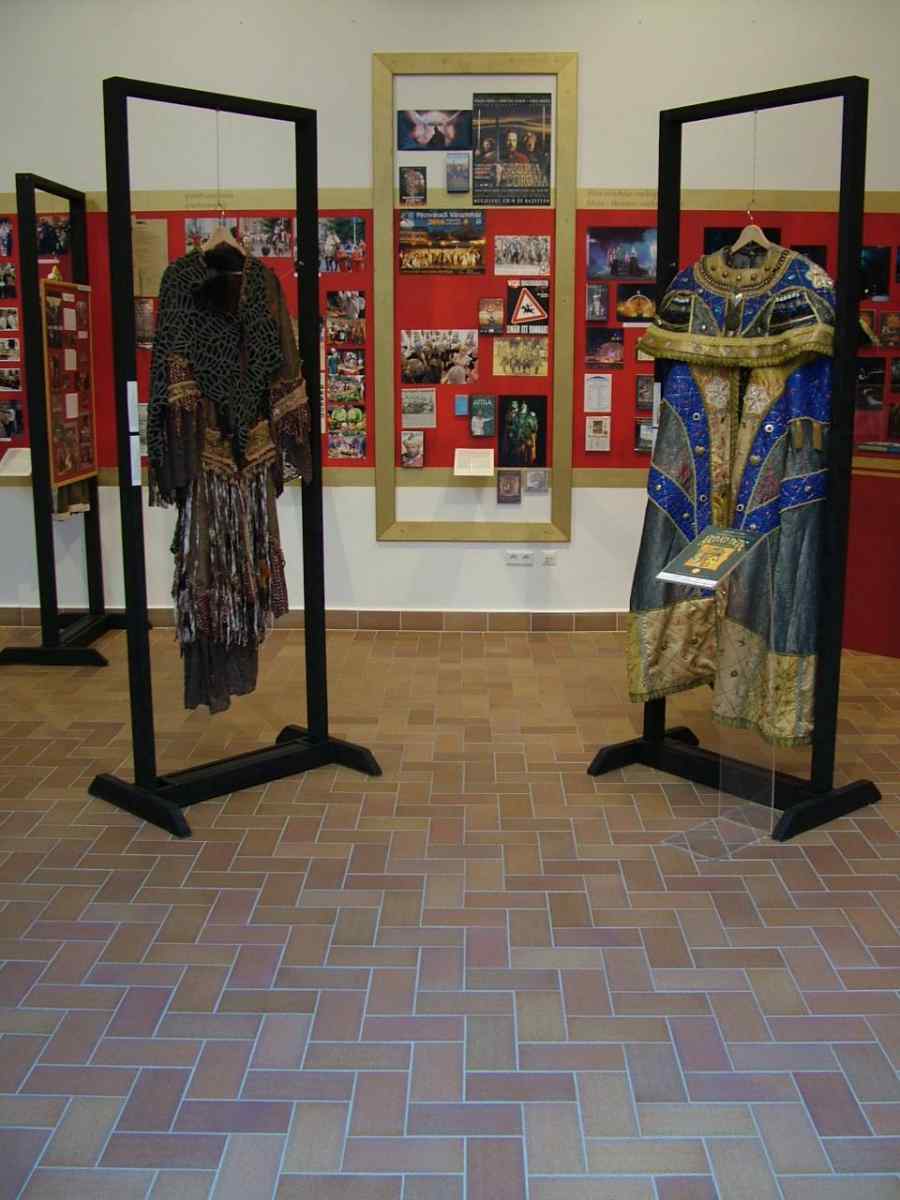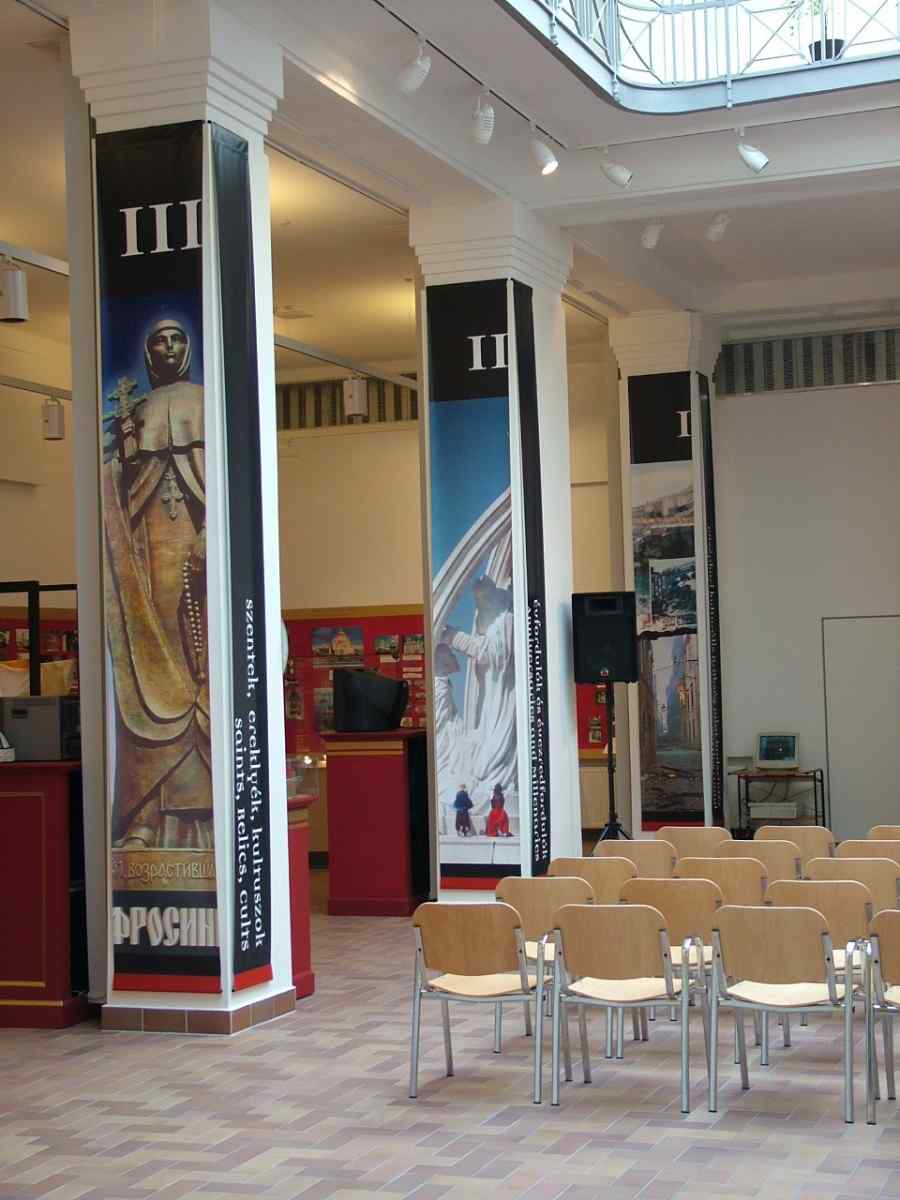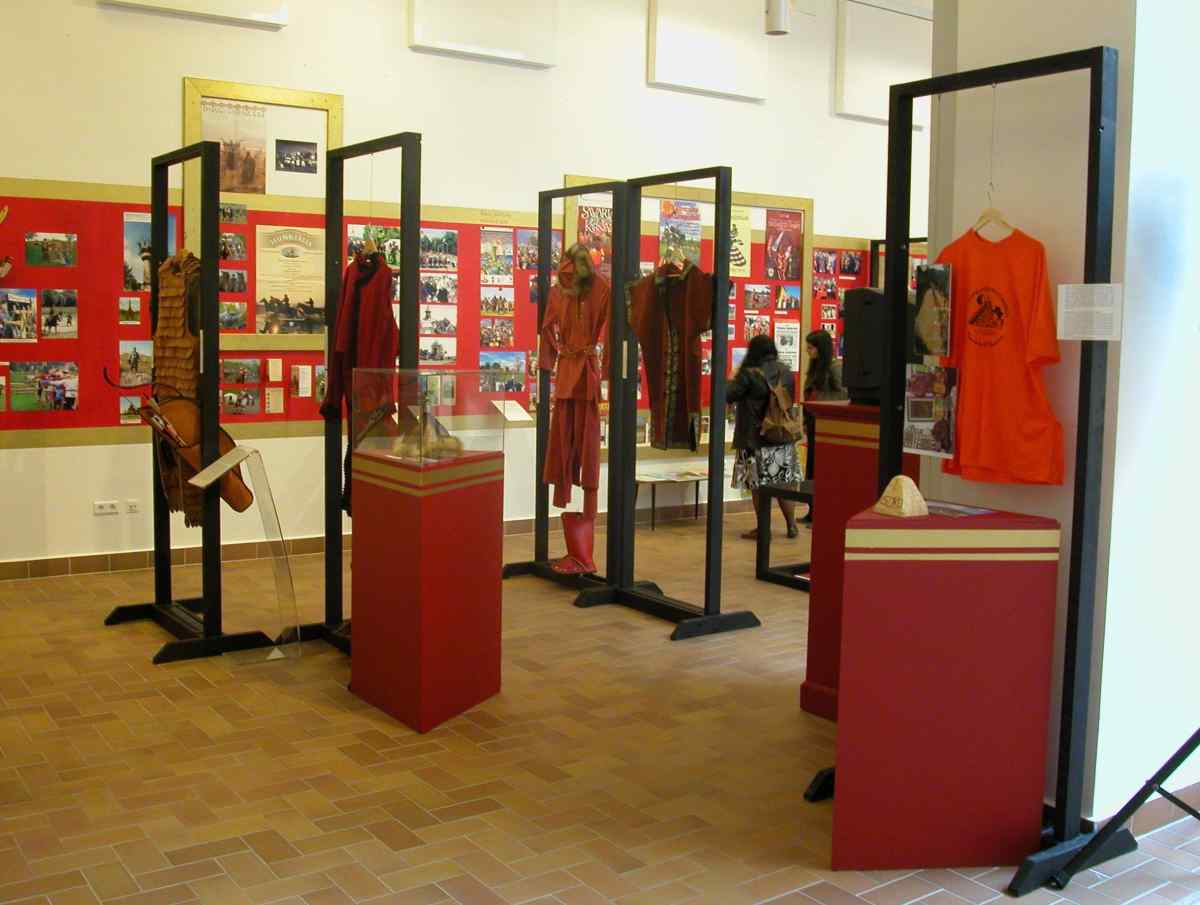Contagious Middle Ages in Post-Communist East-Central Europe
The Resurrected Middle Ages in Hungary and East-Central Europe




A rendezvény megvalósításában a következő intézmények, szervezetek és személyek vettek részt / The following institutions organizations and people were involved in the realization of the event:
CZIRÁKI Viktor
EÖRSI Sarolta
ERDŐSI Péter
GECSER Ottó
HIDÁN Csaba
HOPPÁL Mihály
LASZLOVSZKY József
NYERS Csaba
RÉTHELYI Orsolya
SALLAYNÉ TÓTH Vera
SEDLMAYR Krisztina
TAKÁCS András
TÓTH Csaba
TÓTH Tamás
VIRÁGOS Gábor
ZSUPPÁN András
Magyar Nemzeti Múzeum
Veszprém Megyei Múzeumi Igazgatóság
Veszprémi Petofi Színház
Veszprémi Városi Muvelodési Ház
PMMI Árpád Múzeum
Zikkurat Produkció
Külön köszönet az OSA Archívum munkatársainak, valamint a CEU Középkori Tanszékének hallgatóinak, akik részt vettek az anyaggyűjtésben. / With special thanks to the staff of the OSA Archívum as well as to the students of the CEU Medieval Department who participated in the collection of the materials.
Pro Cultura Urbis
Budapest Fováros Önkormányzat Kulturális Bizottság
CEU Department of Medieval Studies
Among a range of interesting Post-Communist cultural phenomena, we have witnessed the emergence of what has been labeled the New Middle Ages by Umberto Eco. The resurrected Middle Ages in Hungary and East-Central Europe, however, exhibits different traits from Western European festivals and spectacles. Above all, the phenomenon lies much closer to politics, sometimes with positive overtones, but, unfortunately, frequently with menacing, even destructive effects. Medieval monuments became a central battleground in the wars that marked the dissolution of Yugoslavia. And this is not atypical, political battles continue to be fought around medieval sites throughout the region. The centuries-old ruins of medieval fortresses and grand church edifices are being reconstructed, resurrected from the annals of history, to be turned into national memorials. And there is more: state and church anniversaries, millennial celebrations, canonizations of national saints, the revival of archaic traditions as well as the ideologies that they embodied, the re-emergence of pagan cult sites, wax-puppet shows, martial arts, tournaments, touristic and gastronomic commodities, films, rock musicals, festivals... A huge and burgeoning mass, the infectious expansion of which may be perceived with interest, perhaps surprise, and even a little anxiety. This exhibition presents the complex political role, the entertaining and menacing faces (OR the comedy and the tragedy), of these new plastic Middle Ages.
The exhibition relies upon two earlier programs.
In 2001 the Galeria Centralis of OSA staged a large exhibition, curated by Katalin Dobó, and a conference on the Hungarian Millennium. A large portion of this exhibit is still on view on the OSA's homepage (here).
In June 2003 the CEU Medieval Studies Department organized a Summer University on the Uses and Abuses of the Middle Ages in Post-Communist East-Central Europe. The course was led by Gábor Klaniczay and supported by a research program in which students collected a large quantity of documents and objects on the subject. Their finds represent a significant portion of the material exhibited here. There have already been two small "internal" exhibitions based on this material, one related to the Summer University in 2003 and the other related to an international conference at the CEU on Uses and Abuses of the Middle Ages: 19th-21st century, organized by János Bak, Jörg Jarnut, Pierre Monnet, Bernd Schneidmüller on April 1-2, 2005.